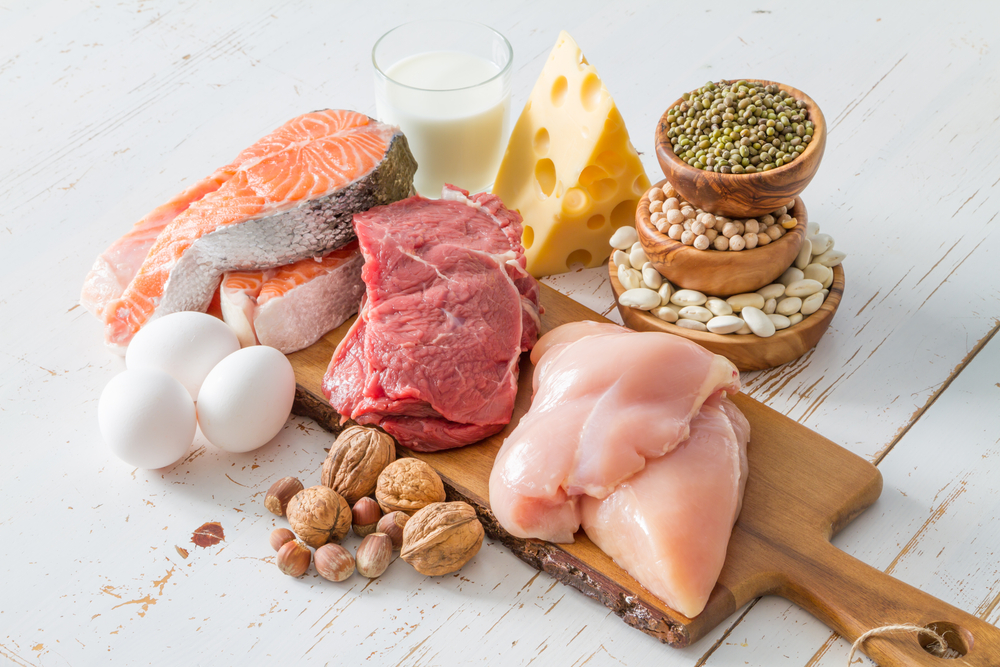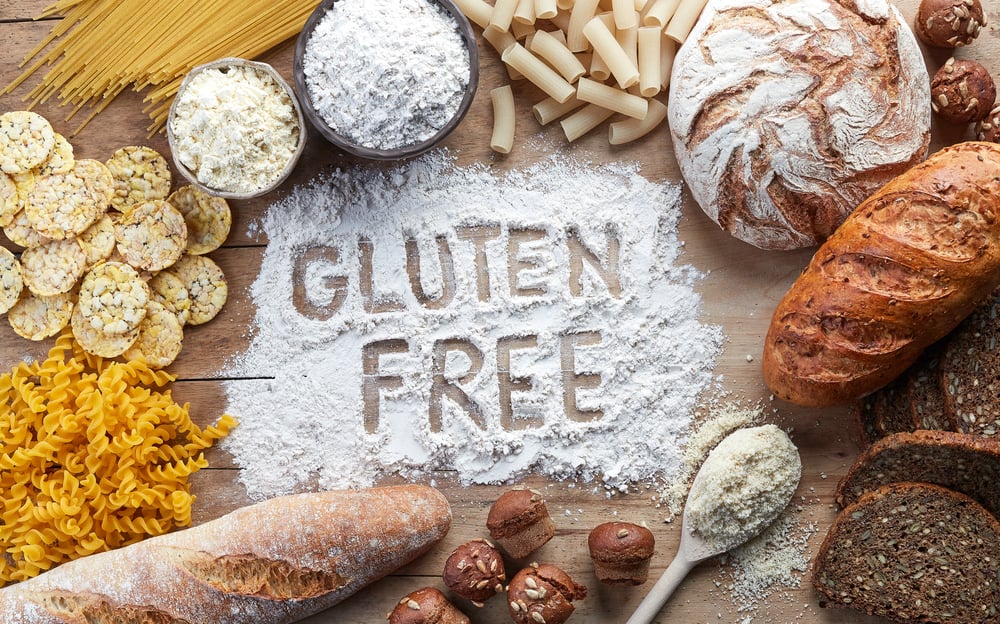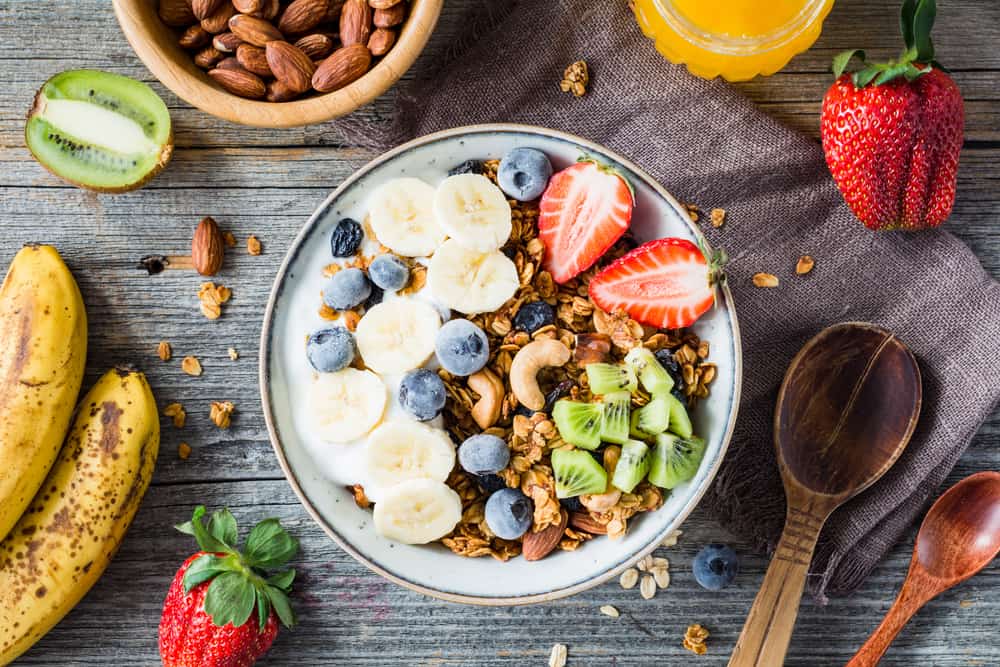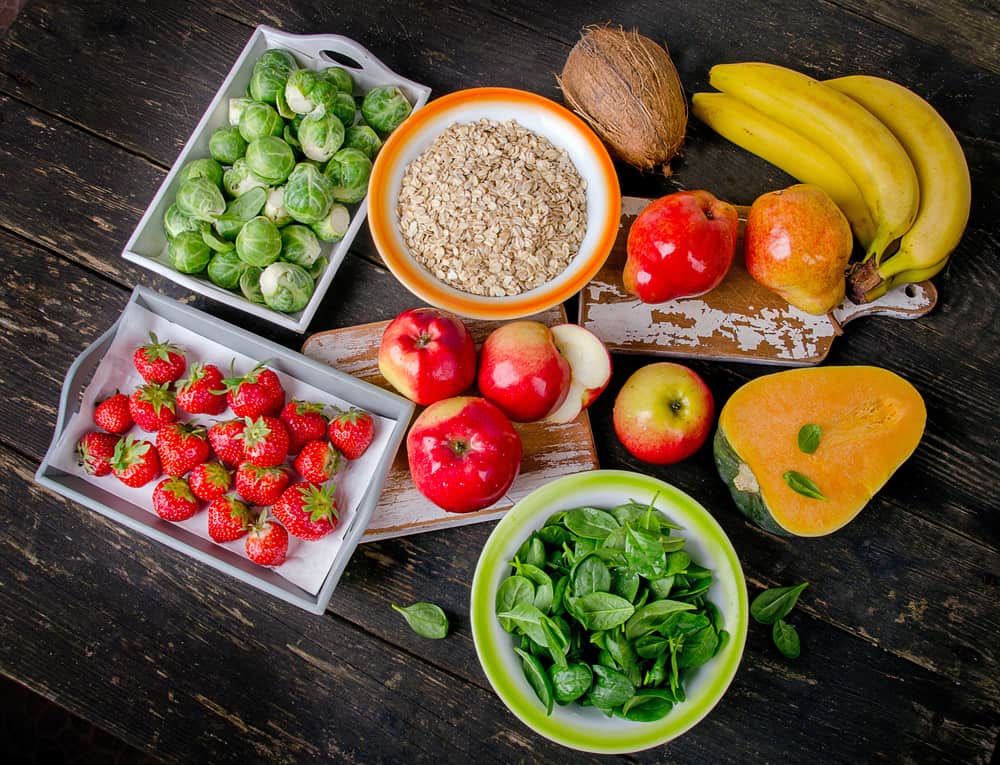Contents:
- Medical Video: How to Find Amino Acids in Everyday Foods
- What are amino acids?
- How are proteins processed in the body to become amino acids?
- Function of amino acids
- Types of amino acids in the body
- Protein sources
- Animal sources:
- Vegetable Source:
Medical Video: How to Find Amino Acids in Everyday Foods
When talking about amino acids, this can not be separated from the name of protein. Yes, the protein you usually get from eggs, meat, beans, tofu, tempeh, fish, and so on. Then what is the relationship between amino acids and proteins? Actually what are amino acids? Come on, see the review below.
What are amino acids?
Amino acids are the smallest part of the structure of proteins. That said, the protein from the food you eat is a collection of several amino acids.As the simplest form of protein, this form of amino acid can later be absorbed by the body and perform its functions properly.
How are proteins processed in the body to become amino acids?
In principle, the protein must be destroyed to become an amino acid so that it can be absorbed by the body and carry out its functions in the body.
First, protein processing usually has occurred since food has not been eaten, ie when cooked. Cooking helps soften connective tissue in meat. This condition will help food more easily chewed during digestion in the body.
When you eat, the source of protein (for example chicken meat) is first destroyed by the teeth and enters the stomach. When entering the stomach, the stomach will respond with the release of stomach acid followed by the release of an enzyme called pepsin.
Pepsin will begin to break down proteins to be simpler but not completely separate all proteins into amino acids in this phase. Only a few peptide bonds in the protein are broken down.
Furthermore, food from the stomach that has become a form called chyme is flowed out of the stomach to the 12 finger intestine.
When entering the 12 fingers of the intestine, chyme will trigger the pancreatic organ to release the next enzyme. There are several enzymes released, namely trypsin, carboxypeptidase, and chimotrypsin. These three enzymes will help destroy proteins more simply to form amino acids.
This amino acid in the intestine can eventually be absorbed into the intestinal cells. Amino acids are then lowered to the liver through the portal venous bloodstream. From the heart, amino acids will be channeled to all cells in the body that need amino acids.
From here the amino acids will be used later for all needs in the body.
Function of amino acids
After the amino acid is ready for use, the body then uses it to:
- Helps with all processes of growth in the body
- Improve body tissue
- Maintain body fluid balance
- Maintain an acid-base atmosphere in the body
- Forming hormones (for example, thyroid hormone and insulin).
- Forming enzymes. Enzymes are molecules of proteins that function as catalysts. With a catalyst, all the processes of chemical reactions in the body will run faster and more effectively.
- Forms a neurotransmitter. Neurotransmitters are chemical compounds in the brain that help send signals between nerve cells in the brain. The formed nerotransmitters, for example, are called dopamine, norepinephrine, and serotonin.
- Forming the immune system. Antibodies are key in the immune system. Amino acids make the body's antibodies to attack target cells that are considered foreign into the body.
Types of amino acids in the body
Reported on the Medline Plus page, amino acids are divided into three. The three are essential amino acids, non-essential amino acids, and conditional amino acids. What are essential amino acids? Essential amino acids are amino acids that cannot be produced by the body itself, therefore, must be obtained from food. Examples include, amino acid histidine, lysine, methionine, tryptophan, valine.
Meanwhile, nonessential amino acids are amino acids that can be produced by the body if not obtained from food eaten. Examples include amino acids, alanine, glutamic acid, asparagine.
Although different types, you do not need to pick and choose protein by type one by one. As long as you can fulfill your protein needs every day, the needs of essential and nonessential amino acids can be fulfilled properly.
Conditional amino acids are conditional amino acid groups, needed when sick, injured and experiencing stress. Examples include cysteine, glutamine, serine and proline.
Protein sources
After understanding what amino acids are, find out where you can meet your daily amino acid needs. Below are some examples of protein sources that are commonly found around you:
Animal sources:
- Chicken
- Beef, goat, buffalo and other processed meat such as meatballs, sausages and beef jerky
- Egg
- Fish
- Shrimp, squid, clams, and various other seafood
Vegetable Source:
- Nuts such as peanuts, soybeans, cashews, kidney beans, tolo nuts, and others
- Know
- Tempe
- Oncom












